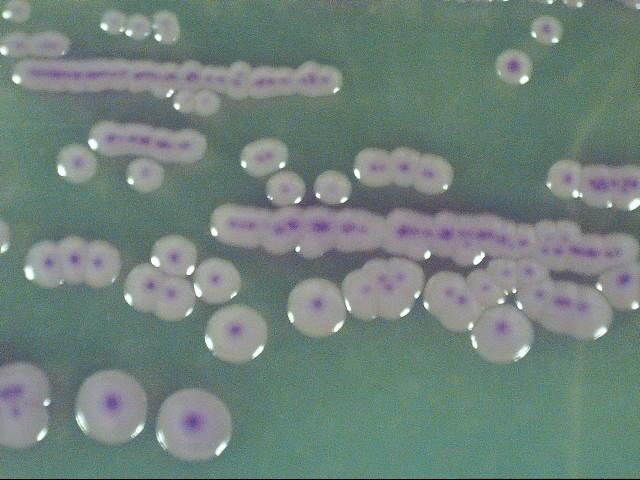
LSTM’s Dr Adam Roberts is a co-author on a new paper published in Nature Communications which reports conserved collateral susceptibility to antibiotics in the human pathogen Escherichia coli.
Collateral susceptibility is the phenomenon whereby the development or acquisition of resistance to one antibiotic changes the susceptibility of that bacteria to another antibiotic, sometimes of a different class. Dr Roberts said: “Knowledge of collateral susceptibility networks amongst bacterial pathogens may help inform treatment regimens which is particularly important in resource limited settings where the choice of antibiotics may be limited.”
E. coli is found in the intestines of humans and animals and can indicate faecal contamination when found in the environment. It is responsible for a range of disease, including diarrhoea and urinary tract infections, and is increasingly becoming resistant to antibiotics, including those of last resort such as the carbapenems and colistin. Consequently E. coli has been categorised by the WHO as a critical priority pathogen for which new antibiotics are urgently needed.
The study, led by investigators from UiT; The Arctic University of Norway, and involving Dr Roberts alongside researchers from Leiden University, The Netherlands and the National Advisory Unit on Detection of Antimicrobial Resistance, University Hospital of North Norway, is the most comprehensive exploration of collateral susceptibility in clinical strains of E. coli to date. It shows that conserved collateral susceptibility networks exist and are primarily based on the mechanism of resistance which emerges during the evolution of these strains.
“This work shows that collateral susceptibility informed treatment could help minimise the chances of multidrug resistance emerging during therapy.” Continued Dr Roberts: “This work has already led to the funding of an MRC Confidence in Concept Award where, with co-investigators from UoL and the AMR Centre, we will use the data from this study to inform the construction and testing of hybrid antibiotic molecules in order to rapidly translate this knowledge of collateral susceptibility into the clinic.”
Podnecky, Nicole L, Fredheim, Elizabeth G. A., Kloos, Julia, Sørum, Vidar, Primicerio, Raul, Roberts, Adam P., Rozen, Daniel E., Samuelsen, Ørjan, Johnsen, Pål J.
Conserved collateral antibiotic susceptibility networks in diverse clinical strains of Escherichia coli
Nature Communications, 2018 ,2018/09/10, 3673 9
DOI: 10.1038/s41467-018-06143-y